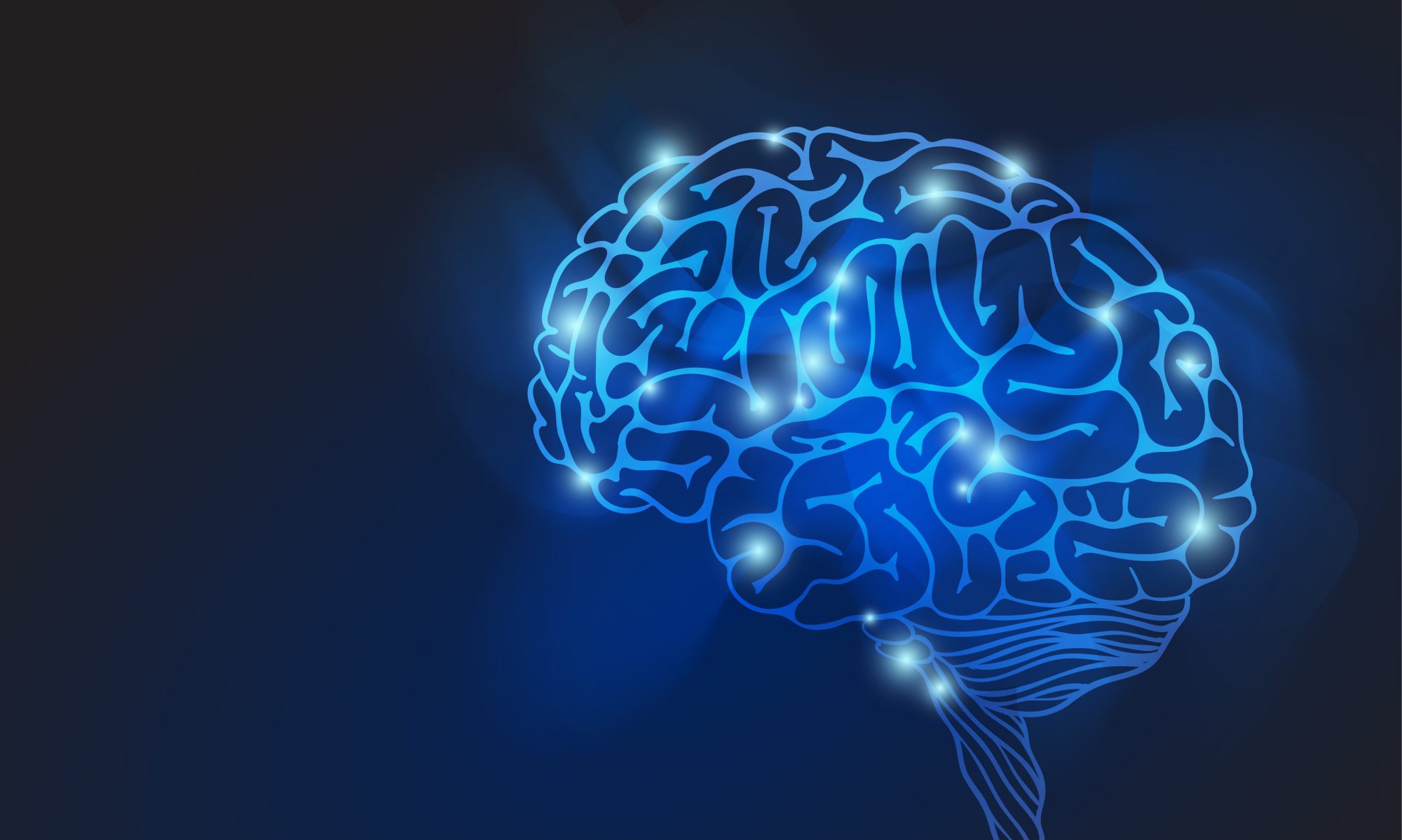Over the course of the semester, our trainees are reviewing webinars in their given fields and preparing abstracts to help colleagues outside their discipline make an informed choice about watching them. As our program bridges diverse disciplines, these abstracts are beneficial for our own group in helping one another gain key knowledge in each other’s fields. We are happy to share these here for anyone else who may find them helpful.
Maiken Nedergaard (Neuroscientist)
Sepptember 27, 2018
University of Rochester
This seminar goes over the new research being done on the glymphatic system. This new and exciting research is explaining the mechanisms behind the correlations in sleep deprivation and prevalence in Alzheimer’s Disease, high blood pressure and Alzheimer’s Disease, and why we usually sleep on our right side.
A lot of neuroscience has been inspired by computational research using artificial neural networks, but the brain is a biochemical organ that must be maintained in ways different than an electrical circuit. One of the most important ways the brain maintains itself is during sleep. Without sleep, people can develop mood problems, hallucinate, have seizures, and even die. Recently it was discovered that there is a glymphatic system, which is a system that cleans up the waste products of brain activity. The way it does this is by using cerebral spinal fluid, a biological liquid that is almost 100% water, to wash through the brain and pick up metabolic byproducts, especially during sleep where the system is most active. The way this was discovered is by injecting a contrast agent into the space filled with cerebral spinal fluid in mice and seeing where it goes using multiple imaging methods such as two photon imaging and magnetic resonance imaging.
The video has multiple animations that shows these contrast agents moving around the brain. The cerebral spinal fluid travels adjacent to and around the blood vessels of the brain, and moves around the brain in the same direction as the blood vessels due to the pumping of the heart. The cerebral spinal fluid leaves the arterial blood vessels that travels throughout the brain tissue, picking up metabolic waste before arriving at the space around the veins, where it is washed out and removed. When there is a lack of sleep, the system is less active, leading to a buildup of metabolic waste in the brain and potentially leading to early Alzheimer’s disease. When there is high blood pressure, the pulsing of the blood vessels and the space around it does not allow the cerebral spinal fluid to flow as it would with a healthy blood pressure, causing the dysfunction in the glymphatic system and a link to Alzheimer’s disease.
The reason why this system can be more active during sleep is because there is less norepinephrine within the body, and this lack of norepinephrine allows brain cells to shrink, allowing more cerebral spinal fluid to flow and a more activated glymphatic system. The reason why we tend to sleep on our right sides is because the heart needs more norepinephrine within the body to pump harder, and it is typically located on the left side of the body, and it does not need to pump blood as hard when we are lying on our right sides because it is not fighting against gravity as much.
Overall, I think the webinar was very well done because of the animations showing the contrast agent moving around the brain. In the future, I’m hoping we learn how to do this type of imaging without contrast agents so that we can do them on humans as well as expand the time for imaging so we can image throughout the night to see how the glymphatic system is different throughout the different stages of sleep.


